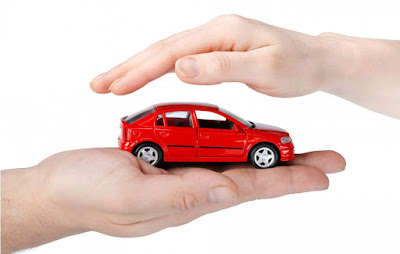How to Determine Car Insurance Liability Limits
American drivers have choices in how much car insurance they take out for themselves and their vehicles. Almost all states mandate minimum liability policies, with few exceptions.
However, the state minimum hardly ever covers total liability for newer cars, and how much the driver wants to add is up to him or her.
When it comes time to calculate how much coverage is right for a given person or household, the decision can be confusing and difficult.
Some basic steps will help determine car insurance liability limits and define what kind of coverage makes sense for a particular driver or family.
Steps
Look at state requirements. First and foremost, the liability that is chosen has to meet the state standards.
Insurance companies won't always clue drivers in on what the state requires, so researching state limits independently can help you understand the minimum requirement that is mandatory in your state of residence.
Evaluate your assets. One big tip from finance professionals about auto insurance liability limits is to look at your assets.
This kind of observation can really help you understand whether to purchase higher liability limits or not.
Identify your total net worth. Add up all of your property, including investments and physical properties like real estate and vehicles.
If that number is more than your annual salary, it's a good idea to purchase additional liability limits of up to $300,000 for bodily injury and $100,000 for property damage.
On the other hand, if you have a relatively low net worth, then you don't really have much for lawyers to go after in case of an accident-related lawsuit.
In that case, it's probably best to go with the minimum liability limits and save premium dollars.
Assess your car's value. Another answer to a question about what kind of auto insurance policy to buy relates to the value of the car that you're driving.
Think about getting comprehensive and collision insurance added to a policy for a car that has a high market value, or is being financed.
The rule of thumb is that if you can't afford to replace your car out of savings, you'll want to have comprehensive coverage that will pay out in case anything happens to your vehicle.
This doesn't really have much to do with liability limits, but it's an additional point to look at when selecting your overall auto policy coverage.
Think about using deductibles to limit premiums when adding higher liability limits.
If you feel like you can't afford the greater liability coverage, you can look at offsetting some of the cost with a higher deductible that is kept in savings to help pay out any potential accident costs.
Evaluate GAP insurance for leasing or financing vehicles. GAP, or guaranteed asset protection, covers the difference between the amount owed on the vehicle and its actual market value.
Along with higher liability limits, this kind of extra coverage can come in handy in an unforeseen accident.



